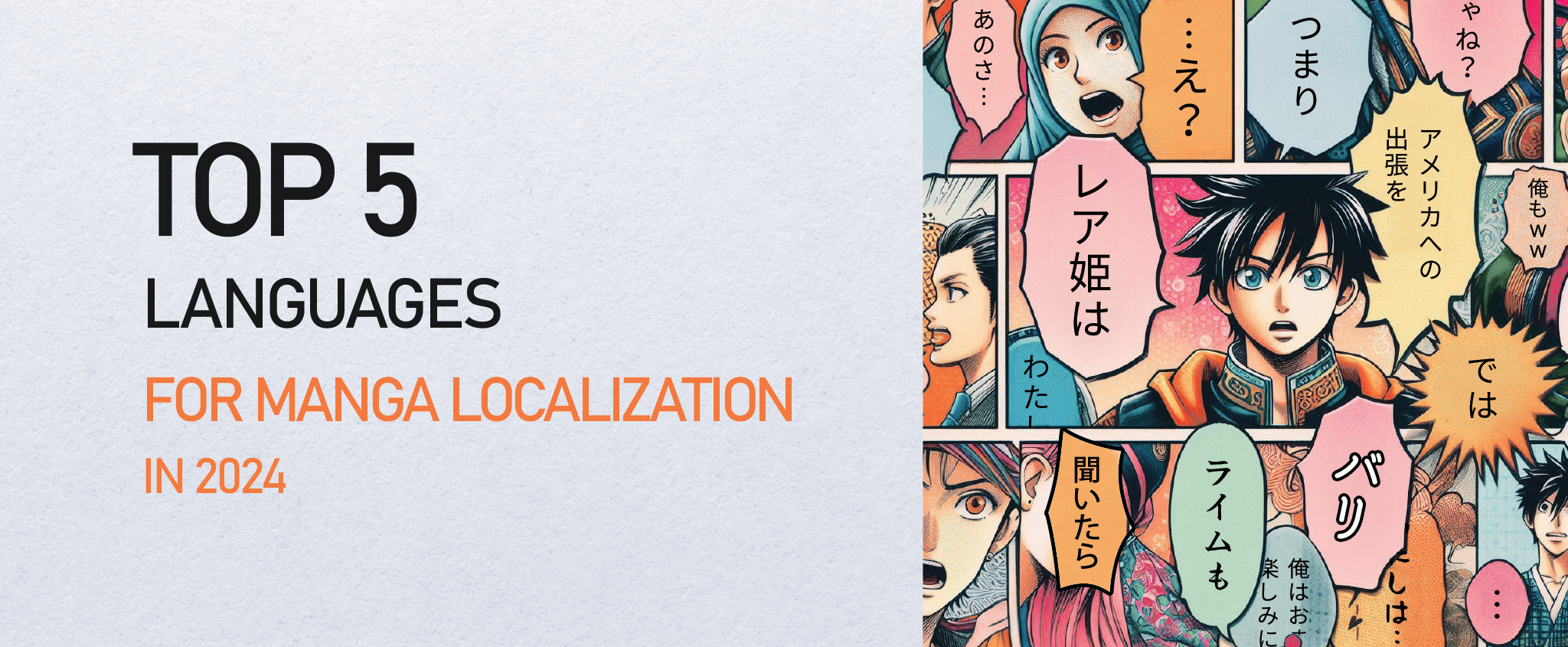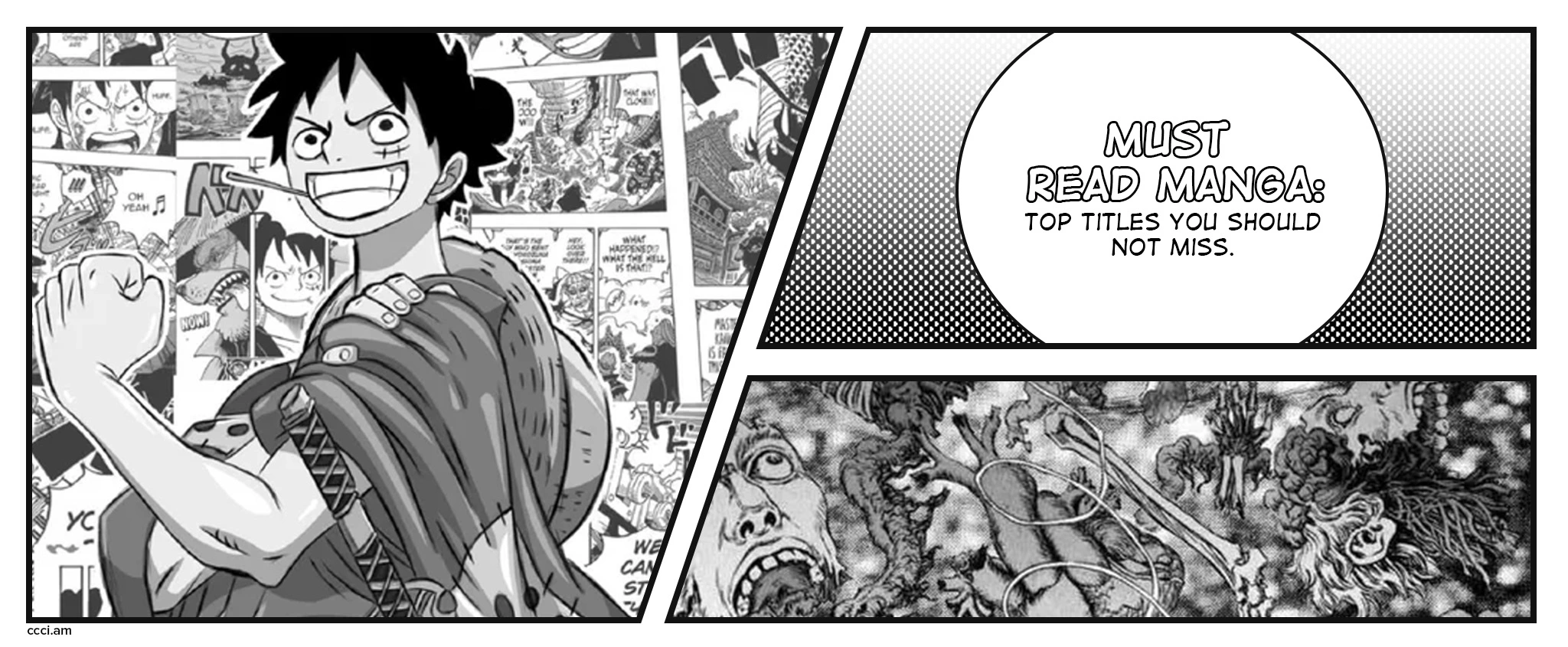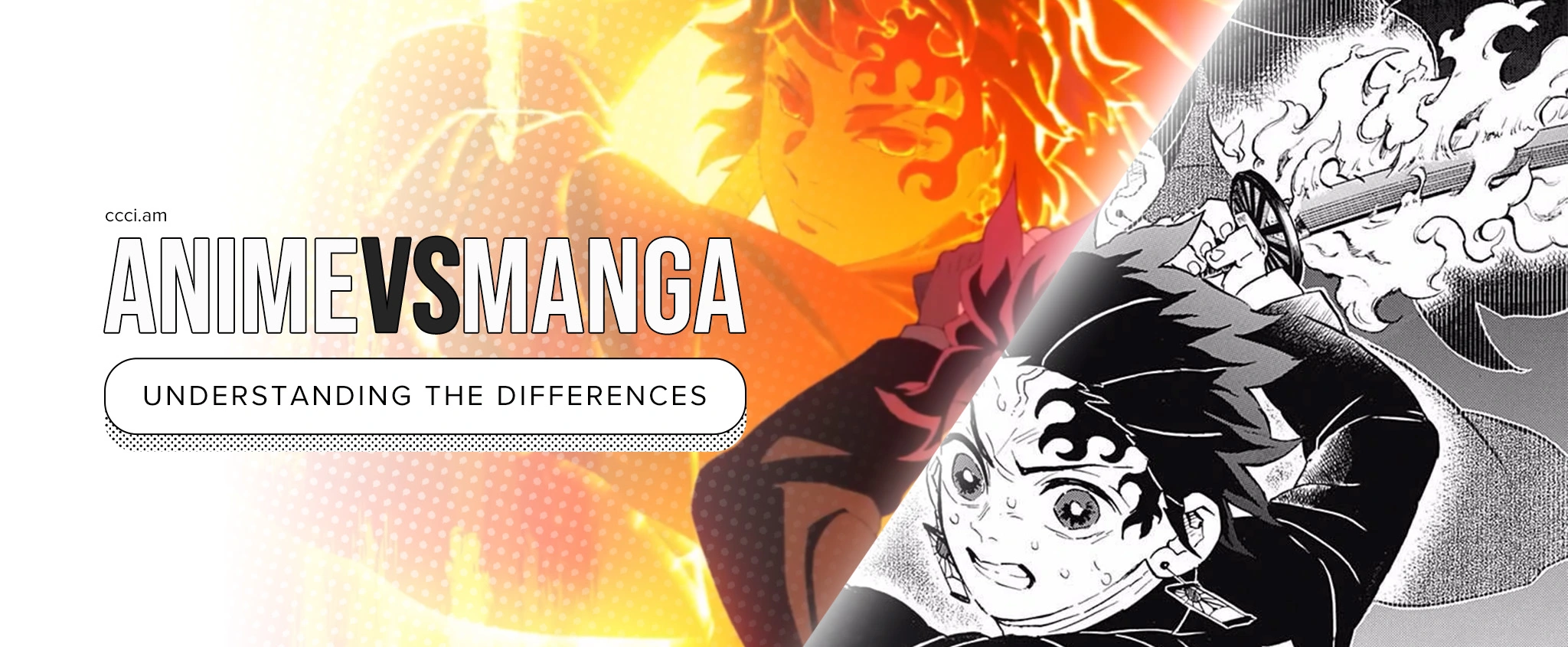Top 5 Languages for Manga Localization in 2024
Effective localization can turn a niche manga into a global sensation, all while maintaining the essence and nuance of the original content. At CCCI, we work on the best languages for manga localization, making stories resonate with diverse audiences and cultures. Let us explore the top five language pairs dominating the manga landscape!
Key Takeaways:
- In 2023, the global manga market value reached USD 13.4 billion.
- One of the most notable manga translation trends 2024 is seeing is the demand for translations in languages besides English.
- The best languages for manga localization include English, French, Spanish, German, and Chinese, which are the languages of top manga localization markets.
Table of Contents:
- Why Manga Localization is Important
- Best Languages for Manga Localization
- Navigate the Top Manga Localization Markets
Why Manga Localization is Important
Manga is a comic or graphic novel style that originated in Japan. This form of storytelling encompasses various genres and subjects, appealing to multiple age groups and interests. Besides having a right-to-left format, manga’s distinctive artistic style and profound storytelling depth make it unique.
The global manga market size reached an impressive USD 13.4 billion in 2023. With a growing international fan base, publishers are now relying more than ever before on quality localization. This process refers to the comprehensive process of adapting manga content from its original language and culture into another. What makes manga localization your next big investment?
- Expanding Market Reach: Localization enables publishers to tap into new markets and demographics, broadening the reader base. By adapting the content to reflect different cultural contexts, manga can attract fans from various regions who might not have engaged with the original version.
- Enhancing Reader Experience: A well-localized manga makes readers fully comprehend and enjoy the story. When readers can relate to the content, you vastly improve their overall experience, leading to higher satisfaction and loyalty.
- Promoting Cultural Exchange: Manga localization fosters cultural exchange by allowing readers to experience stories from different parts of the world. Through localized content, readers can learn about new cultures, traditions, and perspectives, enriching their own understanding and appreciation of diversity.
- Preserving the Artistic Integrity: By carefully translating and adapting the dialogue, cultural references, and sometimes even visual elements, professional localization teams can maintain the original essence of the manga. This balance ensures the work stays true to its roots while being available to a global audience.
- Boosting Sales and Revenue: Localized manga has a higher potential to perform well in foreign markets, driving up sales and revenue for publishers. The more readers can connect with a manga, the more likely they will purchase and support it.
Aside from the language and cultural barriers, manga localization also adapts to different formats that make the localized manga even more accessible to readers. Manga typesetting, for example, makes the translated texts fit seamlessly into the original artwork and maintains a consistent aesthetic. Manga verticalization, on the other hand, changes the reading direction for digital releases.
Note: Localization goes beyond text translation; it involves modifying cultural references, idioms, and artwork to make the story relatable to a new audience. The process makes stories come alive in new, exciting ways for a global audience, creating universally loved manga that transcends borders.
Best Languages for Manga Localization
Since manga has its roots in Japan, Japanese is the primary language for the original content. Manga localization brings stories from Japan and other countries to readers worldwide. One of the manga translation trends 2024 has in store for us is a rise in localization efforts for languages other than English.
While English is currently the dominant language for manga localization, there has been a growing demand for translation into Spanish and French. This trend reflects the increasing popularity of manga worldwide and the need to cater to diverse audiences. If you want your story to reach markets that are very much ready to embrace it, CCCI offers manga localization services in the following language pairs.
Japanese to English Manga Localization
Japanese to English manga localization is a well-established practice. Several manga titles have successfully reached English-speaking audiences through effective localization, with Naruto as one notable example. Another success story is One Piece, which captured the hearts of millions worldwide with its adventurous narrative and vibrant artwork.
Attack on Titan also made a significant impact with its intense plot and complex characters, becoming a bestseller in many English-speaking countries. These successes highlight the importance of meticulous localization in transforming beloved Japanese manga into universally adored stories.
Japanese to French Manga Localization
Japanese and French are distinct in many ways, from sentence structure to cultural expressions. For instance, the Japanese language often employs indirect speech and honorifics to convey respect and social hierarchy, elements that can be challenging to translate directly into French, which is more direct and formal.
Additionally, Japanese uses three writing systems — Hiragana, Katakana, and Kanji — while French relies on the Latin alphabet, making the Japanese to French manga localization of idiomatic expressions and cultural references particularly intricate.
Pro Tip: Work with professional manga localization teams who are experts in the languages and cultures you want to reach. Our team supports over 30 languages, leveraging the expertise of multilingual translators, editors, and consultants.
Japanese to Spanish Manga Localization
One key challenge of Japanese to Spanish manga localization lies in the syntactic structure of the languages. Japanese generally follows a subject-object-verb (SOV) order, while Spanish adheres to a subject-verb-object (SVO) format. This fundamental difference can make direct translations awkward and necessitates a nuanced approach to preserve the narrative flow and pacing.
Cultural context is another significant consideration. Japanese manga often incorporates elements deeply rooted in Japanese culture, from historical references to specific social norms and etiquette. Translating these into Spanish without losing their essence requires a deep understanding of both cultures.
Japanese to German Manga Localization
The German language, like French, is closer to the English language. As such, Japanese to German manga localization has its own set of unique challenges. German has complex grammar rules for those unfamiliar with the language, making cultural references and idiomatic expressions specific to Japanese challenging to translate and localize.
On the bright side, there are many manga with stories set in Germany and German characters, proving that the two cultures share a mutual interest in each other’s literature and media. Some well-known manga characters who are German or have German heritage include Asuka Langley Soryu from the Neon Genesis Evangelion, Johan Liebert from Monster, and Eren Jaeger from Attack on Titan, to name a few.
Japanese to Chinese Manga Localization
Among the language pairs discussed, Japanese to Chinese manga localization may present the least difficulty since the two languages share similar writing systems. However, localizing manga in Chinese still requires expertise and cultural sensitivity. Like Japanese, Chinese has regional dialects and variations that you must consider for accurate translations.
Japanese grammar tends to be more complex than its Chinese counterpart. Culturally, Japan and China are both polite, but the former puts more emphasis on manners and social hierarchy than the latter. Localization teams must balance preserving the original text’s formality while keeping it culturally appropriate for Chinese readers.
Navigate the Top Manga Localization Markets
There’s no “easiest” language pair for manga localization. However, English, French, Spanish, German, and Chinese are the best languages for manga localization because these languages have many readers and established manga markets. The decision on which language pair to choose will ultimately depend on the target market and audience.
As a professional manga localization services provider, CCCI works with manga publishers and creators to make stories reach readers around the world. We believe every manga has a unique voice that deserves to be heard, and we handle the language and cultural barriers to make that possible. Contact our team and let us help you choose the best language pair for your manga!






